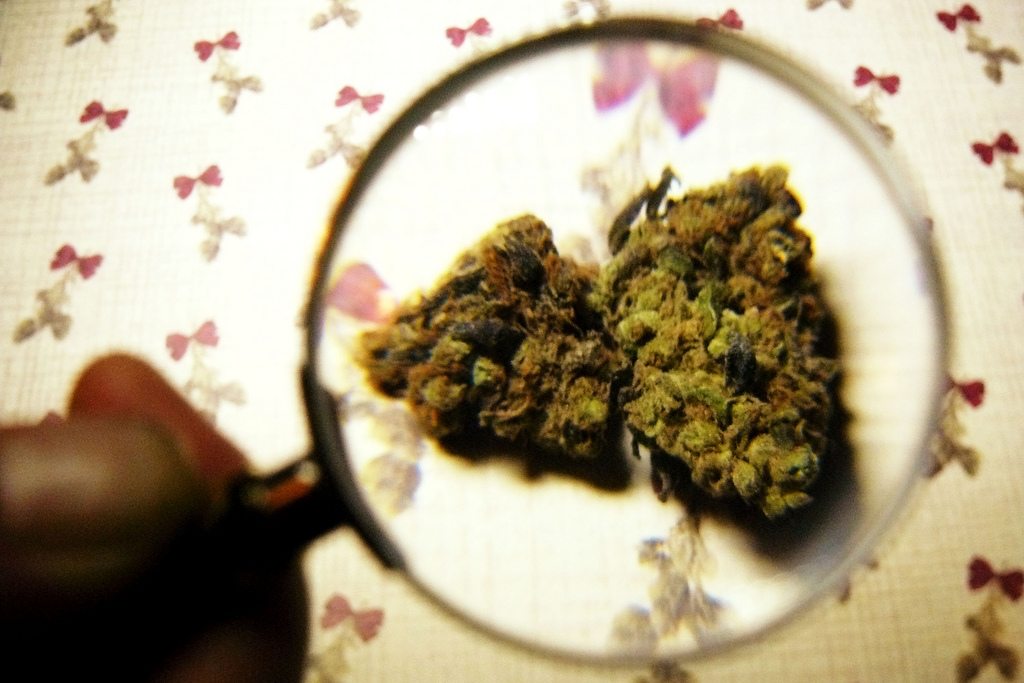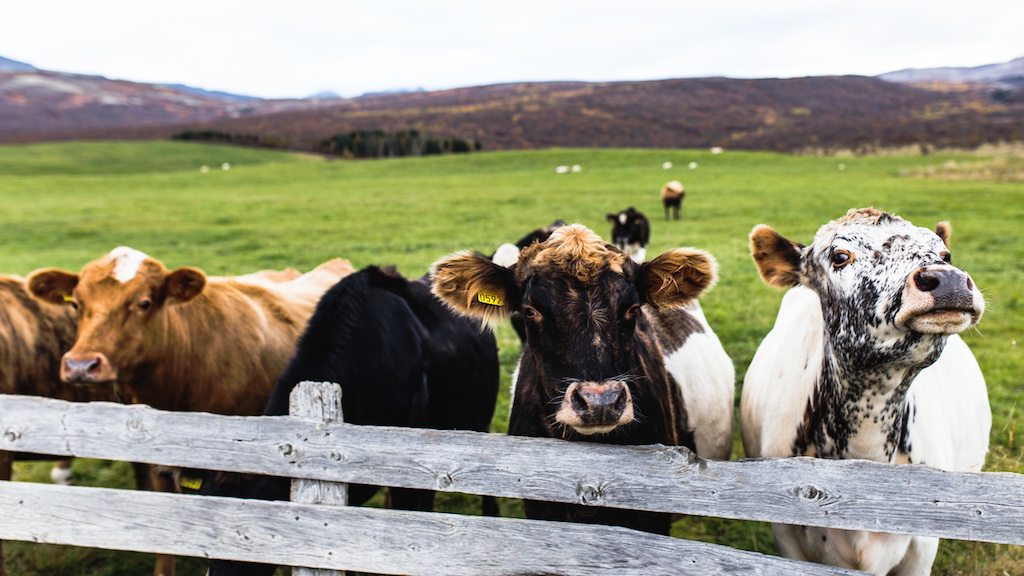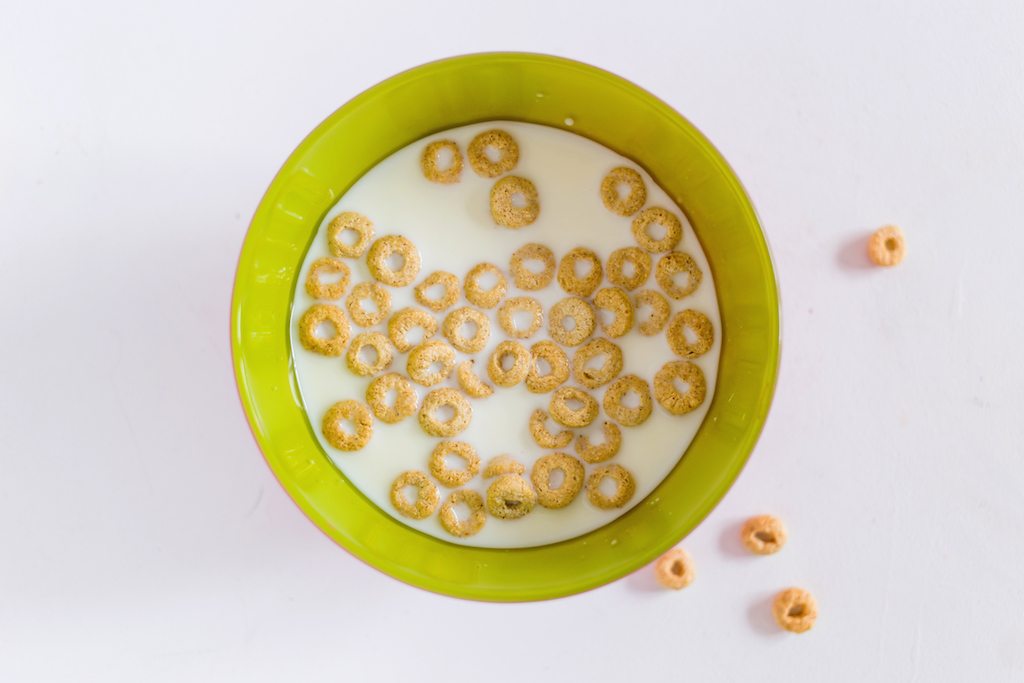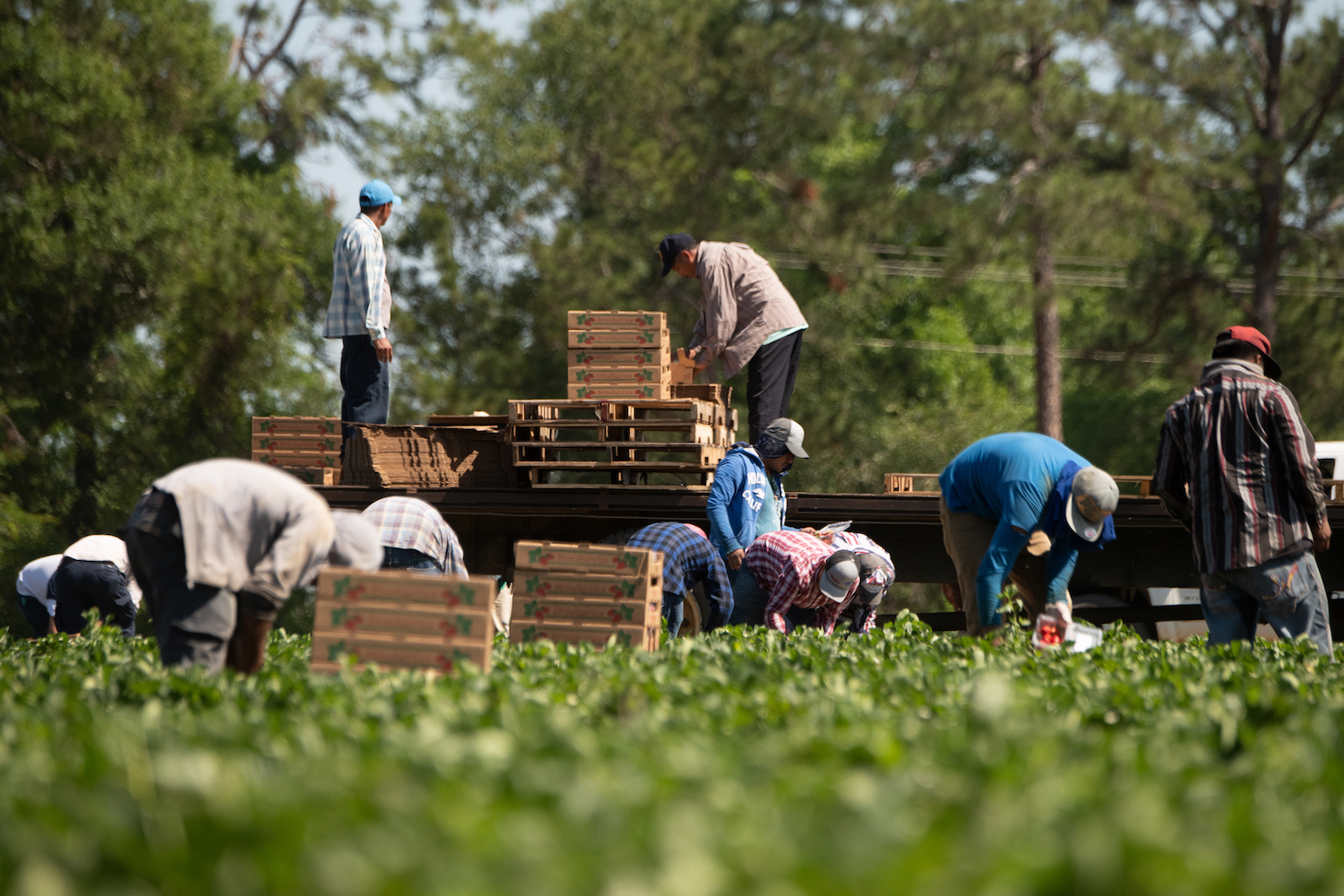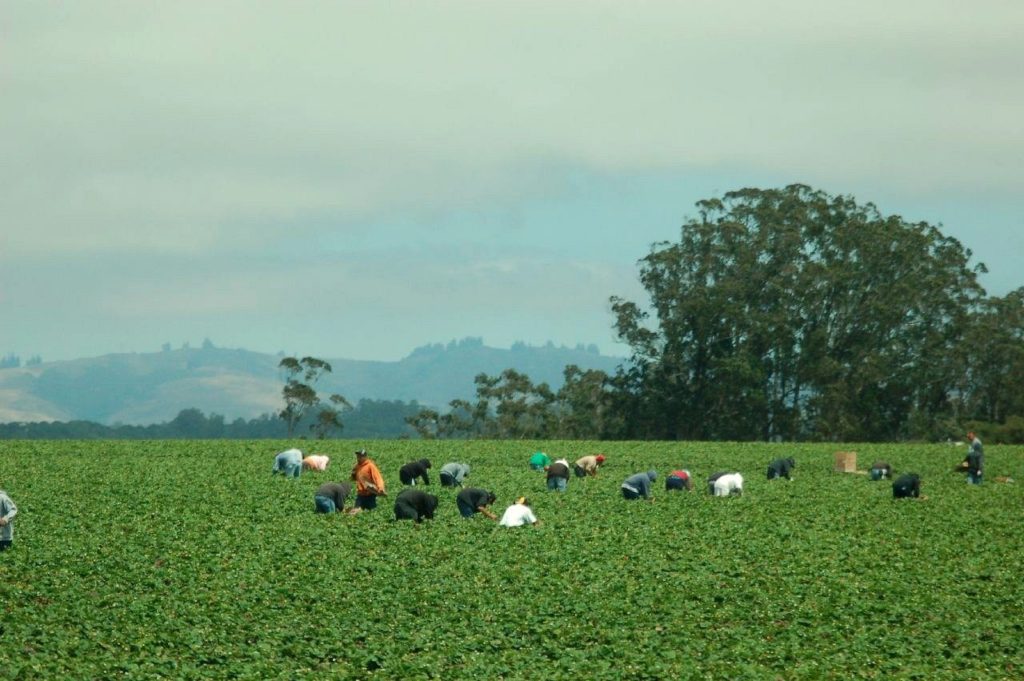
Flickr / Donna Sutton
President Trump rode to the White House on a wave of anti-immigrant sentiment—stirred by his frequently repeated claim that undocumented immigrants are (among other things) “stealing our jobs.”
Putting aside the hype and the hate, consider agriculture—the sector of our economy that employs the highest percentage of undocumented workers. American citizens are not exactly clamoring for these jobs: One study found that less than 0.1 percent of “legal” job seekers asked to be referred for farm jobs, and of those, less than half reported to work on the first day.
A couple of years back, while in the thick of conducting research for my book, No One Eats Alone: Food as a Social Enterprise, I got to thinking that people who believe immigrant laborers are stealing our jobs have never picked strawberries for a living. That stray thought led me to what I now call the “strawberry study,” in which a dozen Coloradans from middle-class and higher economic backgrounds got schooled on what it takes to put fresh fruit on their table.
To understand and appreciate where participants ended up, it helps to know a bit about their backgrounds. All lived in or near Fort Collins, Colorado, a community of roughly 165,000 people located 65 miles north of the Colorado State Capital in Denver. Household salaries of this group ranged from $80,000 to $175,000 a year—not an especially rich group, but far from poor. (At the time, medium annual household incomes for the area hovered around $62,000 and average home sale prices had just topped $310,000.) While ethnically homogenous (everyone self-identified as “white”), education levels spanned the gamut: Two never went beyond high school; some reported having two year vocational degrees; still others possessed four-year university degrees, and beyond. Jobs reported included car sales, registered dietician, electrician, computer technician, accountant, real estate agent, and high school science teacher. Age range: twenty-five to fifty-six.
When interviewed initially, the participants knew very little about how strawberries get from farm to market. Not one could accurately state where strawberries from their neighborhood store came from, which also meant none knew who did the picking. A few mentioned the terms illegals and aliens; Jeff (the electrician) even went so far as to suggest that “they’re stealing our jobs.”
Later they were shown a documentary, which at least taught them the names of the top strawberry-producing locations in the U.S. and Mexico and some of the labor conditions common during the harvesting process.
Hmong workers pick strawberries in a Sonoma County, CA field. In California, 95% of agricultural workers are foreign-born.
But while they learned to talk about the labor considerations involved in industrial strawberry production, it was not until we all picked strawberries together for seven hours that some participants seemed to feel differently about the effort that goes into harvesting this food. (A lesson for educators the world over: It is often not enough to simply tell people to think, act, or eat differently.)
The day began at sun-up, at approximately 6 o’clock. Gathering together in a circle, drinking coffee and eating donuts—a little incentive to pull them out of bed at that early hour—I immediately noticed everyone’s attire. When we last met, I asked that they dress in layers—men in work boots, if they had them. All were told to bring something to cover their heads, like a baseball cap or bandana. While the day was forecasted to be hot, I reasoned that if they were to experience a day in the life of a strawberry picker it would not hurt to dress like one.
The local weatherwoman was right. By early afternoon, the weather app on my phone registered a cloudless 88 degrees. Participants could be seen scattered across the four-acre field, all bent at the same 90 degree angle, a stance that allowed them to pick with both hands. They had seen that picking position weeks earlier when shown the documentary and were asked to replicate it that day. With the hot sun overhead—rays that are especially intense at 5,000 feet elevation—those bent backs had all but disappeared. Before breaking for lunch, many could be seen working from their knees, a few were sitting, and one was experimenting with an all-fours picking position. The day ended at two in the afternoon, though in truth the actual picking ended earlier as participants found conversation a suitable distraction from the heat.
A week later, after lower backs had time to heal, I met individually with the participants to discuss their experience out in the field. Most talked about being “moved” by the experience. Some painfully so. In the words of Jeff, who made the earlier remark about job theft, “The work was hard as hell!” More than half of the group admitted that the experience gave them pause and led them to think about those who toil, often invisibly, so we can eat.
Participants were also instructed to take pictures while picking. Initially, images were overwhelmingly of people and landscapes: very generic, about nothing in particular other than to chronicle who was there and what the general experience looked like. But as the day progressed, so did the feel of the photographs. By late afternoon, there were selfies of sweaty faces and wet, matted hair; one of a sweat ring in a baseball hat; a pair of soil-stained bare knees; and trays at various stages of fullness held by fingers caked with dirt and stained red.
By the day’s end everyone had taken photos documenting their physical exertion. For in the end it was precisely that “hard as hell” work that stuck with them long after we left the field for our respective middle-class homes. That work, as I learned during the exit interviews, even made some reevaluate what they thought about the people doing the work so we can eat “fresh” fruits and vegetables. Rebecca, the real estate agent, swore off “industrial strawberries,” vowing in the future to buy only local. Another claimed to have bought only Fair Trade strawberries since that day in the field. As for Jeff, the gentleman who had unapologetically called immigrant laborers “illegals,” he described how that day “softened” his stance on national immigration policy. “We need them to feed us,” he admitted sheepishly.
To put the matter plainly, the experience, for some, created empathy.
Social distances have grown so great in countries like the United States that bringing people together for face-to-face encounters is becoming a real challenge. Forget about getting people around the same table to eat; even getting them to meet in a room is harder than ever. We know, for example, that people with higher social status generally ignore those with less power, a dynamic that has been observed in numerous studies.
But I am hopeful. We need to figure out how to heal today’s social divisions in our politics—heck, in our society. Perhaps we can learn from the strawberry study.
They’re stealing our jobs! Spoken just like someone who has never met, let alone worked like an immigrant laborer—even if just for a day.




